When you take a journey in the wilderness with your friends, you may find it fun, exciting, and adventurous which is normal, but if you get lost, the situation changes completely. There are wild animals that could harm you, weather changes that might make you sick, and other unpleasant incidents that can happen. Even if you brought enough food and water for emergency situations like these, there is still a chance that you will run out.
[the_ad_placement id=”in-text-1-type-r”]The first thing you need to remember is that humans cannot survive for more than 3 days without water given the fact that it is a very basic necessity. Read further into this article to find out what you can do when you find yourself lost in the wilderness and out of water supply.
This article is designed to offer you the knowledge on how to find water in any survival situation. First you have to know that not all bodies of water are safe for drinking. In order to make sure you’re drinking the right water, you need to know how to make the water you find safe for drinking.
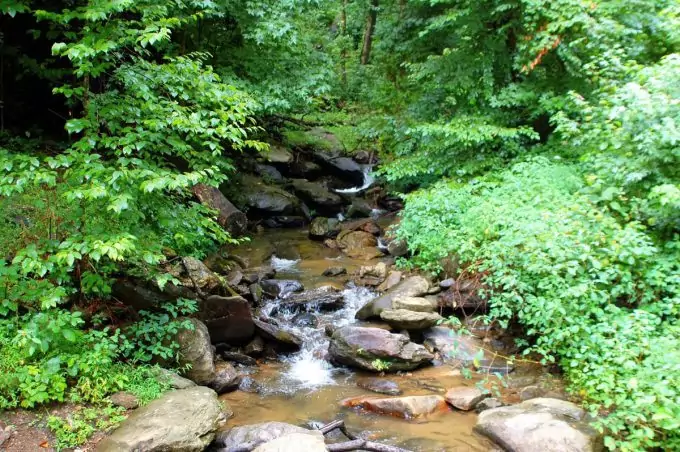
Also, a piece of information of extreme value is knowing which body of water is best for drinking and which one to avoid because of bacterial contamination and parasites. If you drink water that is unsafe, you will only end up having more problems than you wished for and that is the last thing you want to happen to you when you are trying to survive.
The basic things to learn
The very first thing you need to do when you encounter this kind of situations is to look for a place where you can get drinkable water. You can find it in rivers, streams, and lakes. In case you don’t know where to find these bodies of water, look for animal tracks, they will lead you to them. Animals always know where they can get drinkable water so their tracks are reliable. Just be careful not to run into them as it may pose a different threat to your life and you don’t want that to happen when you’re trying to find water for survival.
Aside from animal tracks, you can also look for places where there is rich and green vegetation. This usually means the soil is not dry and there is a body of water nearby that is non-toxic to plants. If you notice that there is a significant amount of insects in a certain area, this could also point you to a place where you can find water. Birds’ flight paths during the day or at night are also important signs that will point you to the right direction. Always be aware of these signs to make the search for water easier. And it is extremely important to stay hydrated always.
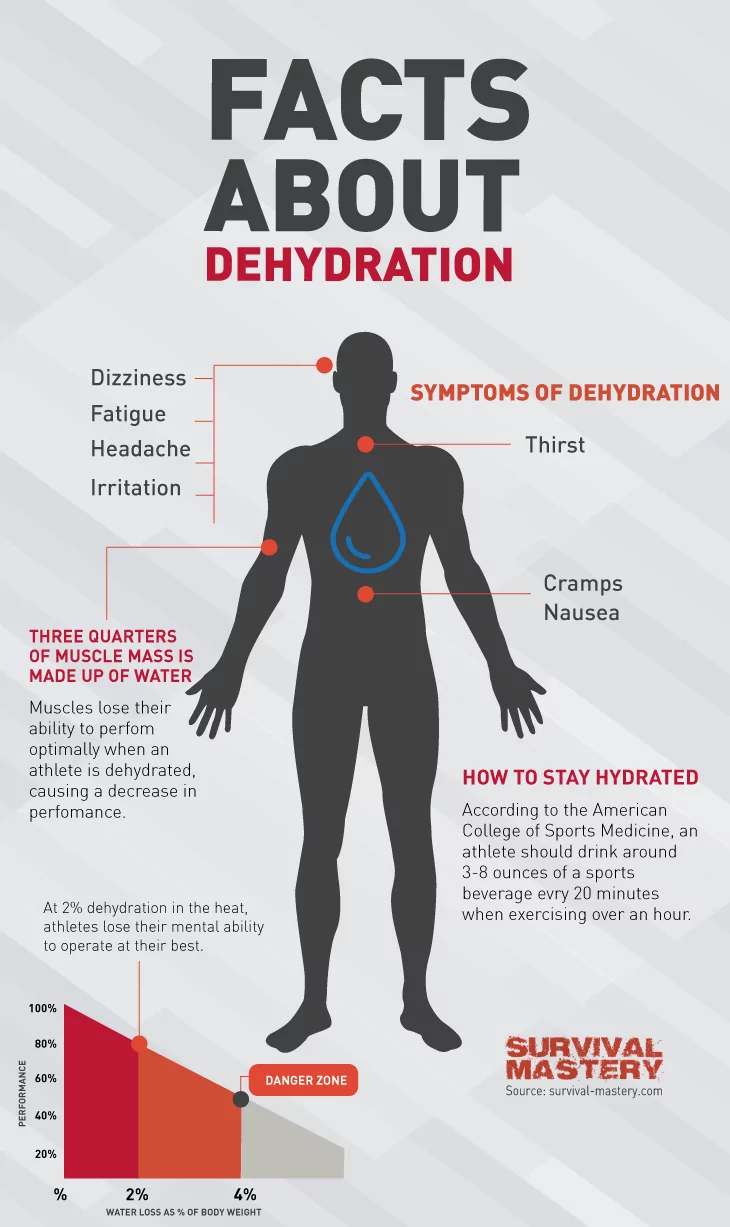
Water from rain is also safe to drink so gather all your water containers that you have and use them to collect rain water. If you need more, you can use a poncho as a substitute for a water bag by tying its corners on trees. Don’t worry if it tastes a little different, it only means that there are some minerals missing from the water found in streams or the ground.
Techniques for collecting water
In case you are stranded and you can’t find any source of drinkable water nearby, you need to do the extra work of collecting your own water. There are a few tested techniques that will be in handy in case your water supply is low and there are no chances of finding a body of water soon.
First, let’s see how to build a below ground still. You will need to get a tool for digging, a piece of plastic sheeting, rocks, drinkable tube, and a container where the water will be collected. Make an observation of the area that gets a lot of sunlight during the day and start digging a hole that is shaped like a bowl.
The hole should be about 2 feet deep, 3 feet across, and there should be a sump found in the center. The size of the sump should be the same size as your container to hold the container in place when you put it there. After doing this, take the drinking tube and put it inside the container.
Make sure that the drinking tube sticks out from the hole. Now take the plastic and put it on top of the hole while covering the sides using rocks and soil to keep it from moving. Place a bigger rock in the middle of the plastic sheet letting it hang 18 inches down. Your purpose is to form an inverted cone. If necessary, you can add more soil near the edges to keep it more stable.
The below ground works by collecting water from the condensation resulted between the ground moisture and sun heat. If you need more moisture, you can plant some vegetation inside, but you need to be sure that the vegetation you are planting won’t poison you.
So if you don’t know the vegetation it’s best to stay away from it. The tube can be used to consume the collected water from the container, but in case you don’t have a tube, you can just drink directly from the container. Just put it back properly after you are done. This kind of method will be able to produce as much as 1 quart of drinking water every day.
Regardless of the method you use to find water, you should always make sure it’s drinkable. For this, you must know a dew purification methods using the items you have around. We have a great article on water purification that you should read.
Make water taste better
If you can wait for 12 hours, let the water sit for that long before drinking it. This way any debris and impurities will settle to the bottom and you’ll have cleaner water to drink. You can even improvise a water filter to get rid of other unnecessary particles. You can start by taking a large can, a hollow log, or a bamboo stick. Put 5 to 10 holes in the log and lift it a little from the ground.
Take rocks, sand and cloth to fill the bag alternately. When you have done this, you can pour the water you have collected into the bag. The water that you will see coming out should be clear and you can just pour the water inside again if it’s not. In case the water has odor, use some charcoal that you have available and use a cloth to filter the charcoal after using it. It is also important that you boil the water you have collected to kill any bacteria that might harm you.
Easier water collecting techniques
In case you don’t want to go through all the trouble of making a below ground still, you will only need a plastic bag to collect water. This is called a transpiration technique and it is a much easier way to collect water compared to the below ground still we discussed earlier. In order to do this, tie a plastic around a tree or a shrub and put a small rock inside for weight.
The transpiration technique works by collecting the moisture produced by the tree or shrub throughout the day. At the end of the day, you can poke a small hole to get the water out from the bag or take a container where you can pour the water in. You will notice that the water tastes like the plant you have chosen, that’s why you must choose a plant that is not poisonous. When you are finished drinking the water you need, all you have to do is secure the hole you made in the bag to keep the water from pouring out.
[the_ad_placement id=”in-text-2-type-r”]If you find yourself close to a coast line, you can create a beach well. Start by digging a hole that is 3 to 5 feet deep located behind the depression part of the first sand dune which is usually found 100 feet away from the water line. In order to prevent sand from actively collapsing, put rocks or pieces of wood at the bottom. This is important for keeping the hole walls from collapsing and caving.
Leave everything as it is and return after a few hours when you can collect as much as 5 gallons of water that has already been filtered. If you find the water too salty for drinking, you can choose the next sand dune that is farther from the water line. This technique will work well with any body of water.
Make salt water safe to drink
In case all you have around is salty water, you can do certain steps to make it drinkable by making condensation happen.
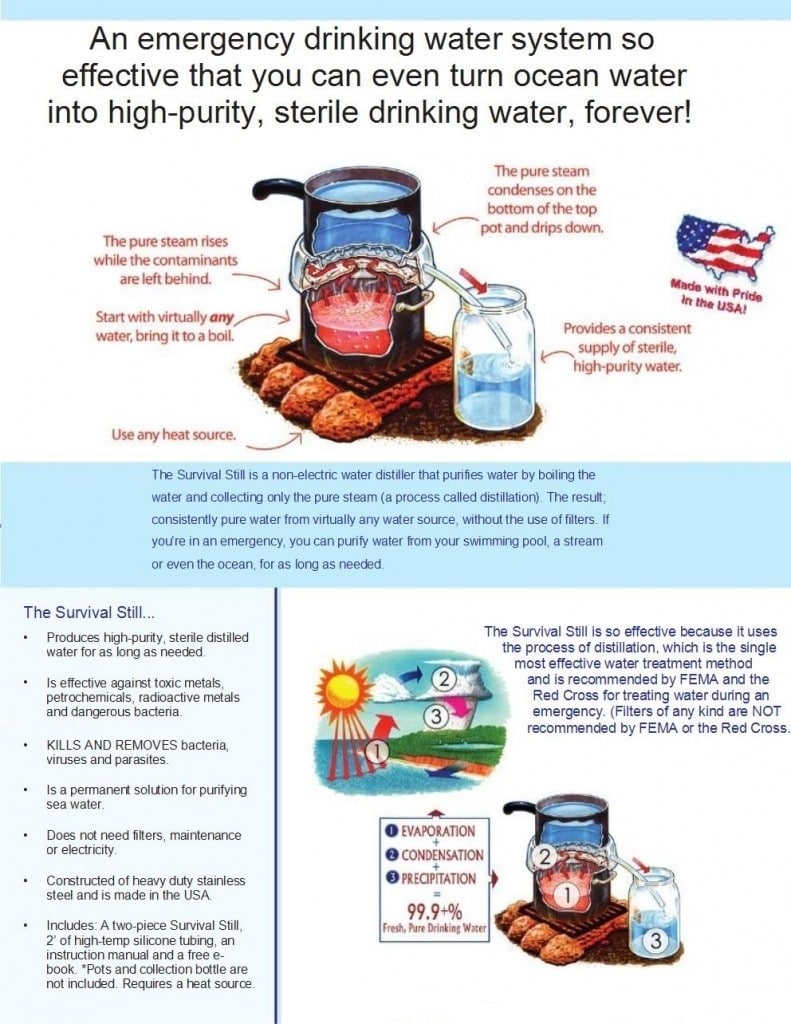
There are actually 2 ways on how you can make salt water condensate so you will have pure water in the end.
This is necessary because water from the sea, lakes, and deserts has a high salt content which is not good for human consumption.
The first method
Take a metal container and fill it up with 2 to 3 gallons of salty water. You also need to collect some rocks and heat them up in the fire. After they have been heated (they should be red when you get them out of the fire), place the rocks inside the container containing the salty water (make sure is heat resistant) and let it boil.

Image credit: pinsdaddy.com
If the water is hot enough to produce vapors, you are on the right track. Put a clean cloth on, to cover the pot, and let it absorb all the water being produced during boiling. When the cloth is already damp, use it to ring the water from the pot and you can put it in a container or bottle to consume later.
The second method
This is usually done when there is no pot or heat resistant container available. You first have to dig up a pit that is narrow and big enough to hold 2 to 3 gallons of water. Collect some rocks and heat them up (again, they should be red). When the rocks are hot, place them inside the pit which contains the salty water.
Let the water boil or wait until it has become enough for vaporization to happen. Cover the pit with a clean cloth or towel and put the water in a container if you want to save it for later. This method is very easy and you only need to use natural means to perform it well.
Important reminder about lakes and ponds
If you have a choice between a creek, river, lake, or pond you need to know that it is better to choose water from the creek or river. Lakes and ponds can have a lot of bacteria because these bodies of water contain a lot of population. You must also not consider drinking water coming from the pond or water that is stagnant.
In order to find out if the pond water is stagnant, take a leaf and place it on the water. If the leaf does not move, it means that the water is stagnant and it is not safe for drinking. Do this when the wind is not strong to fully see the result of your experiment.
[the_ad_placement id=”in-text-3-type-r”]Swamps and marshes have a lot of bacteria so you must never consider drinking water from them. They also contain parasites which may lead to contamination and only cause you more problems. You must also avoid lakes and ponds that are found in agricultural areas because they can have a lot of herbicides and pesticides that are detrimental to human health.
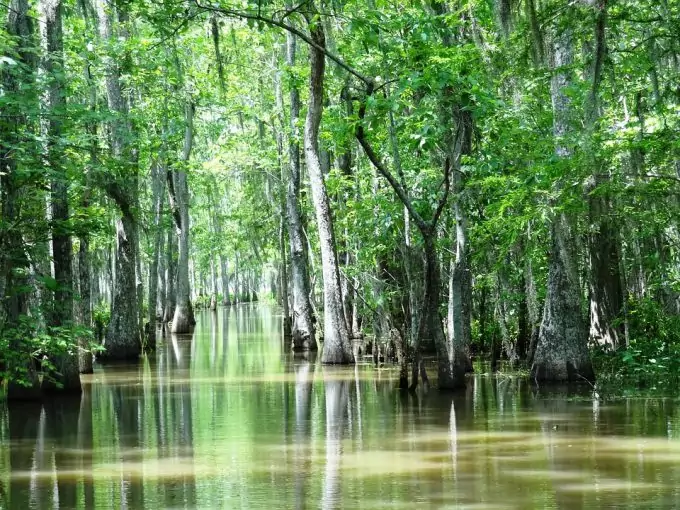
Water from industrial areas and regions that have high population should be avoided because people tend to dump stuff illegally and this is why populated areas have a high pollution rate that causes water to become contaminated. The presence of chemicals can be found in water coming from industrial areas which makes it very dangerous to humans.
If you’re only chance is drinking from a pond, then you should be prepared with an advanced water filtering system. We recommend trying the Sawyer Water filter – you can read our in-depth review here.
Important things to remember
Always take note of the signs where there might be water for drinking and always be prepared for situations like this. In order to be prepared for disastrous situations you need to choose the places where you will go to in case you need to evacuate and gather tools to take with you. You will definitely need them form more than having to collect water to keep yourself alive. In case you don’t see any body of water nearby, dig a hole in the ground and see if you can find water.
You might be in luck and if you see the ground getting moist keep digging until you are able to collect enough water for drinking. Do not forget to remove any contaminants first. Also, boiling is always the best method to make sure the water you’re drinking won’t harm your health.
If you see that there is a sign of life from animals, birds, vegetation, etc. immediately use their tracks to lead you to the body of water that you so desperately need. Take note of the techniques we discussed on how to collect water efficiently. They are simple and, even though the water quantity resulted is not much, these techniques may save your life some day. You actually don’t need much in order to do them.
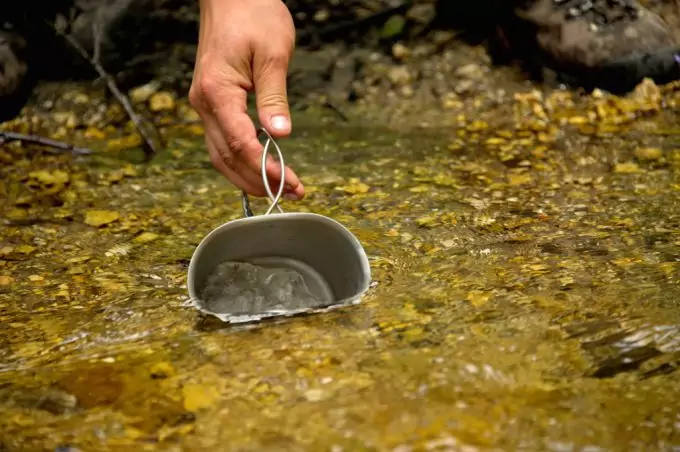
They are significant knowledge any survivalist needs to know because survival situations can happen anytime and anywhere. It’s only a matter of being equipped with the proper knowledge and tools so you will be prepared for anything. Some methods are more efficient for collecting more water than others but how much water you need to collect usually depends on the situation.
There might be instances where you are caught in the middle of a dangerous area and your movements are limited. There can be dangerous animals lurking about or people who will threaten your life once they find you. Keep in mind that even if the situation seems unbearable, there will always be something you can do in order to find water and keep yourself alive.
Water is crucial for survival! Remember that supplies only last for a limited time, but knowing how to find food and water in any situation will keep you alive longer. Even if you think that the situation right now is safe, you never know when a disaster will strike so always have a presence of mind to battle any kind of crucial situation because you need to believe that you can pull through any survival situation.



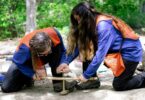


The first thought I had while reading is in hard times, being without water for an extended period will lead to dehydration which is more dangerous than drinking dirty water. Dirty water will cause a lot of harm, so I’d try condensation. I think drinking the unclean water is better than dehydration. Also, drinking lots of water (if/when found) can do more harm than good so that I would consider that too.
Nicely said. The body needs water and even it it’s a dirty muck, we can always use emergency filtration systems or improvised ones for the matter. You can use your shirt to filter sediments and then a Sawyer straw to further clean it. If this is not available and if you have the time to wait, then you can use condensation, solar or not. Most of the times, filtering water with a shirt and then boiling it for 10 minutes is sufficient enough to sanitize the water.
David
I would make sure my kids learn these survival techniques because you are right, “Water is crucial for survival and supplies last only for a limited time!” At the same time, I would give my family an advantage in coping with these disasters by preparing emergency kits and including water filtration bottles and extra filters that are made for extreme conditions like filtering stagnant water. In many cases, your access to water may be limited to ponds and lakes that contain a lot of bacteria.
Water collection, filtration, and purification are very important skills for any outdoorsperson. You never know when you will completely run out of water wild in the wild.